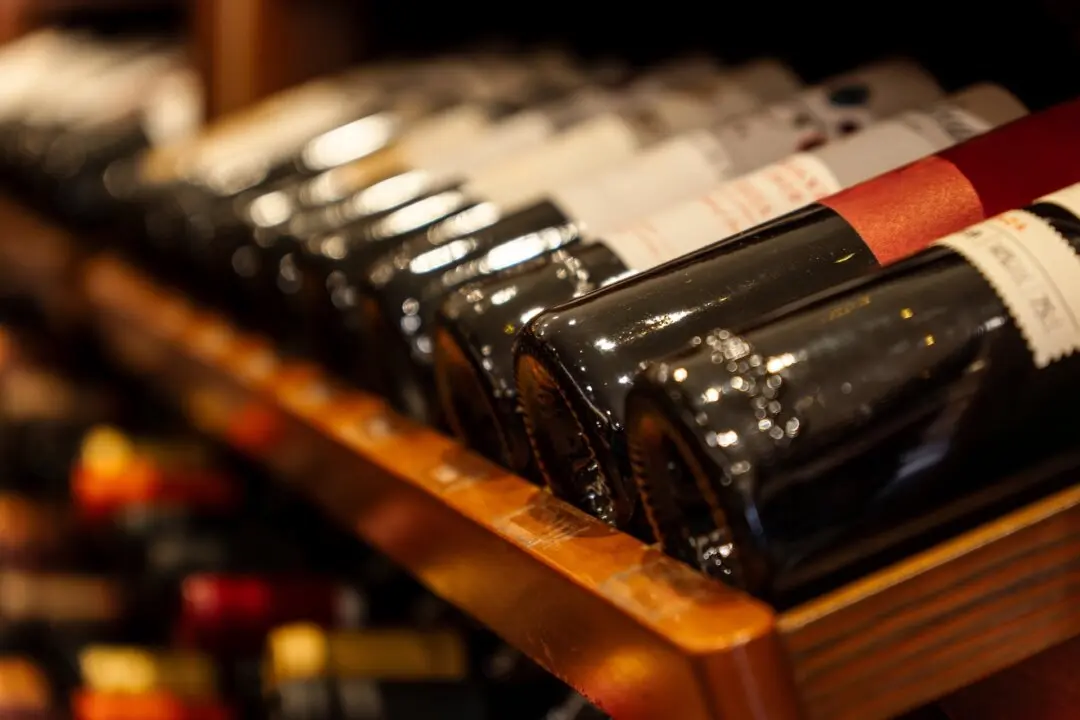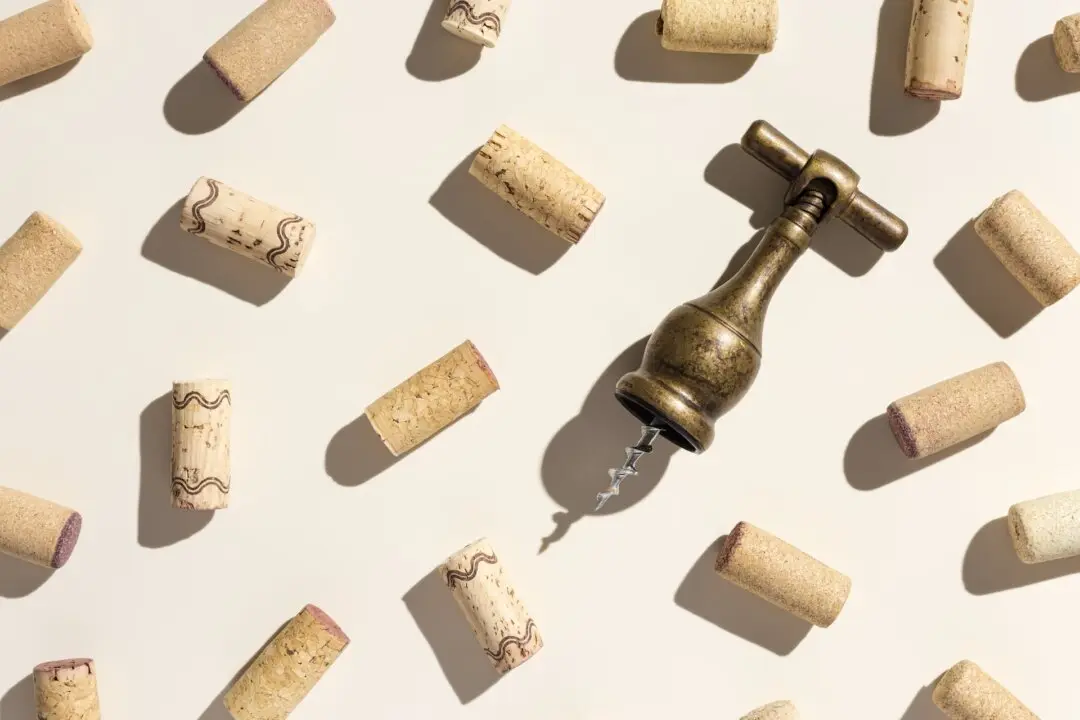One of the world’s forgotten wines, but a delightful diversion, is Beaujolais nouveau—that frivolous red wine that is almost like white wine with color.
For decades, Beaujolais in all its forms has been a multifaceted “little” wine and an all-purpose joy, praised for its versatility. As a light red, regular Beaujolais works with almost any food and has an uncomplicated personality that’s easy to like.





